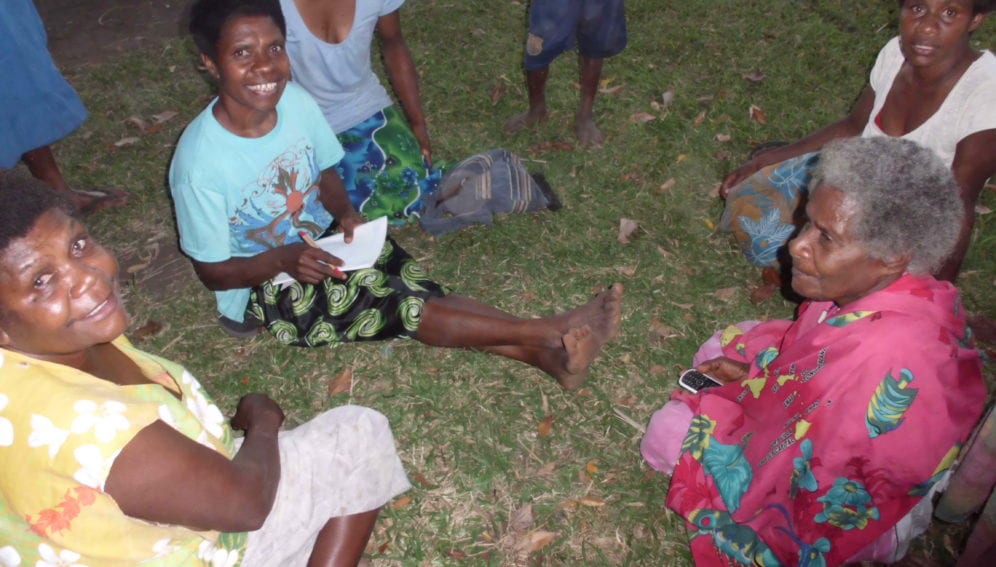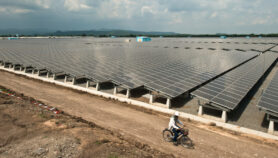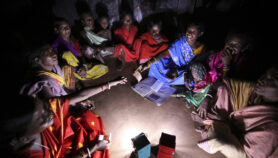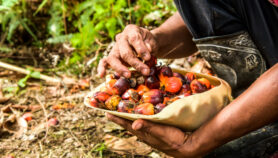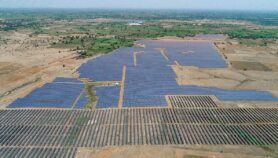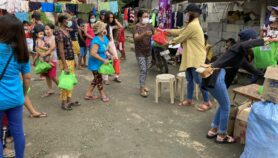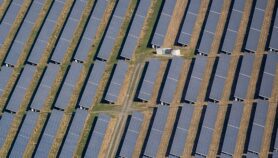Send to a friend
The details you provide on this page will not be used to send unsolicited email, and will not be sold to a 3rd party. See privacy policy.
[MANILA] A project called Melanesia’s Million Miracle Programme (M3P) is now under way to bring electricity to one million people in the Melanesian countries of Papua New Guinea, Solomon Islands and Vanuatu by 2020.
About seven million of the Pacific region’s ten million people still do not have access to electricity. In Melanesia, the costs of electricity and petroleum are among the highest in the world, averaging around 20 per cent of total household income.
According to the Secretariat of the Pacific Community (SPC), an intergovernmental organisation in the Pacific region, the M3P project will benefit 82,500 rural households in Papua New Guinea, 68,380 in the Solomon Islands and 26,625 in Vanuatu.
“M3P aims to reduce poverty through an appropriate rural electrification programme,” says Atishma Lal-Singh, information assistant of the Economic Development Division at the SPC in Suva, Fiji.
Under the UN’s Decade of Sustainable Energy for All initiative launched this year, making electricity available to people in rural areas is viewed as one way of reducing poverty and stimulating livelihood projects. The M3P project will use mostly solar energy to help reduce reliance and spending on kerosene for lighting and cooking. Solar shops will be set up in each community, using low cost, low maintenance solar lighting. The shops will also serve as a charging station when needed, and sell extra lights and spare batteries.
Lal-Singh tells SciDev.Net that the solar shops will be community-managed business ventures to support the people’s electricity supply and community welfare.
“The shops can also serve as a community vocational centre, engaging women and youths to repair these lights,” she adds.
Two communities in Vanuatu, Port Resolution and White Sands, which rely mostly on traditional fuels for lighting, are the pilot beneficiaries of the project.
According to SPC’s Economic Development Division through its media officer Jean-Noel Royer, initial funding is EUR200,000, which was provided from a EU project. For the entire five years (2014-2019), the total proposed budget is US$2.5 million with financing coming from international sources.
According to Elena Bašić, a consultant with DNV GL Renewables Advisory, among the world’s largest dedicated renewable energy consultancy firm, “solar lighting provides a cost-effective alternative that is cleaner, healthier, more reliable, and more sustainable than fuel-based lighting”.
Bašić advises that solar lighting combined with LED bulbs is also an “appropriate, efficient and cost-effective solution” as the cost of solar cells has dropped dramatically in recent years.
“The M3P project may displace potentially significant carbon emissions, mainly from burning of kerosene in lamps, and which could help on climate change mitigation efforts,” Bašić says.
This article has been produced by SciDev.Net's South-East Asia & Pacific desk.


